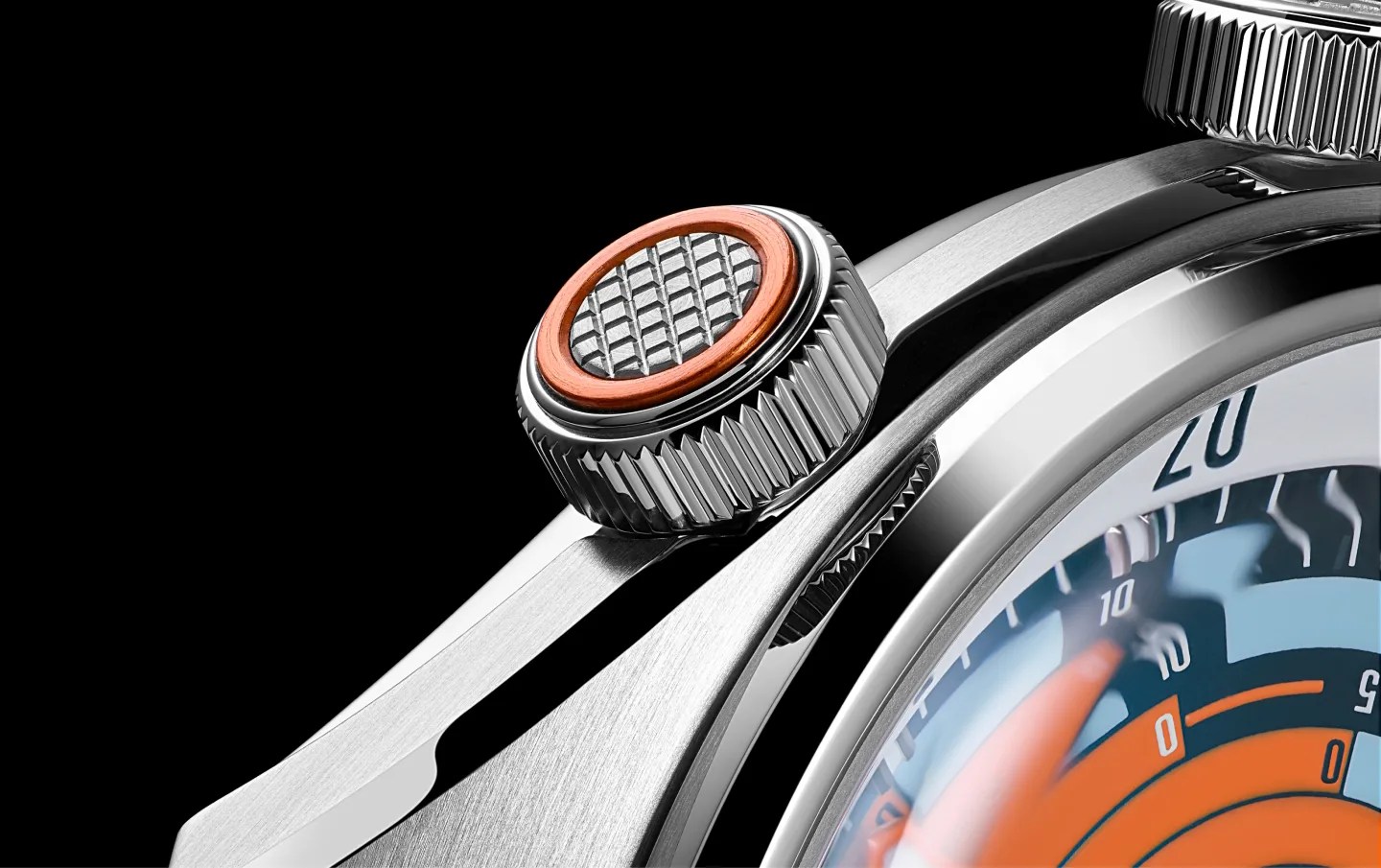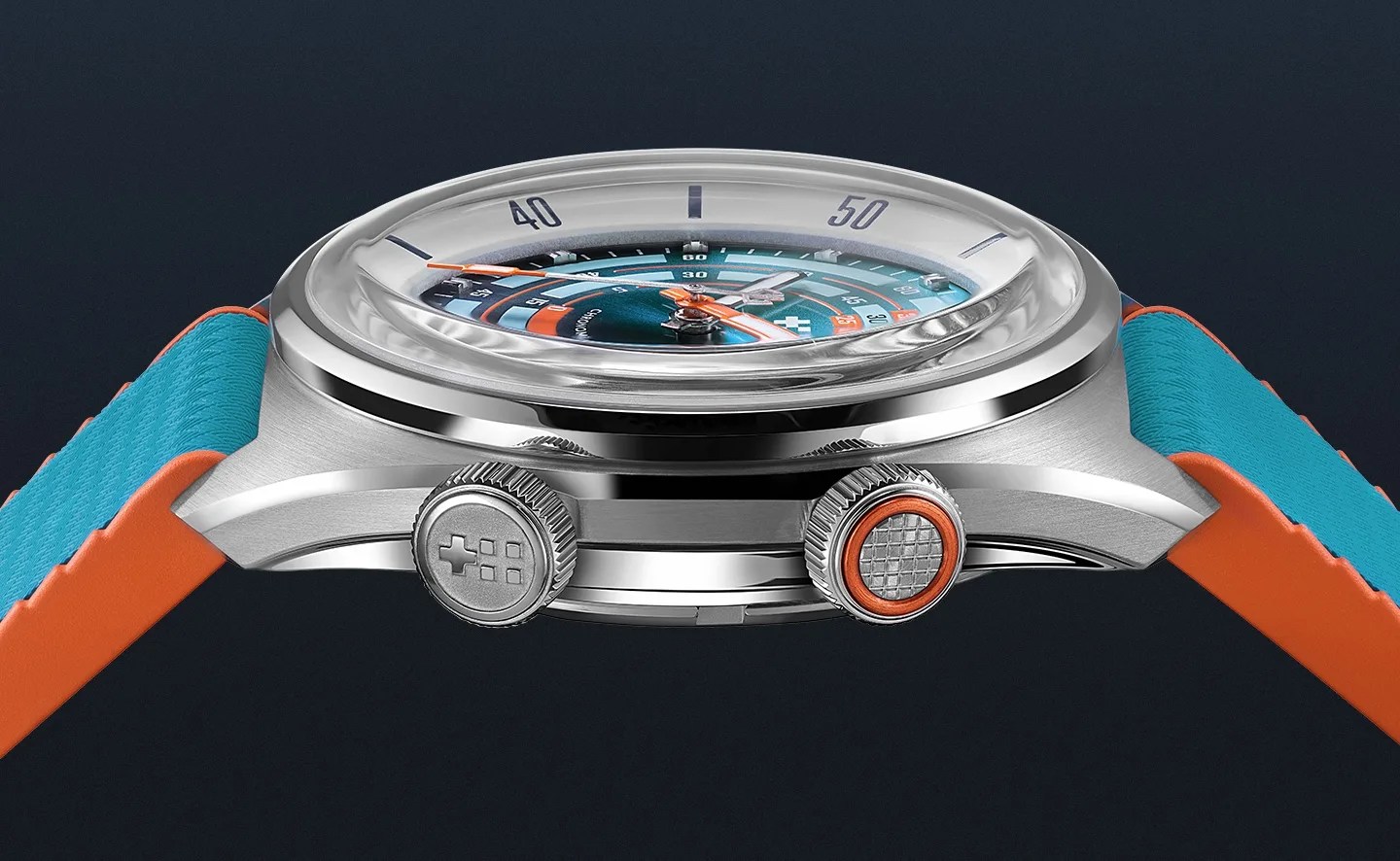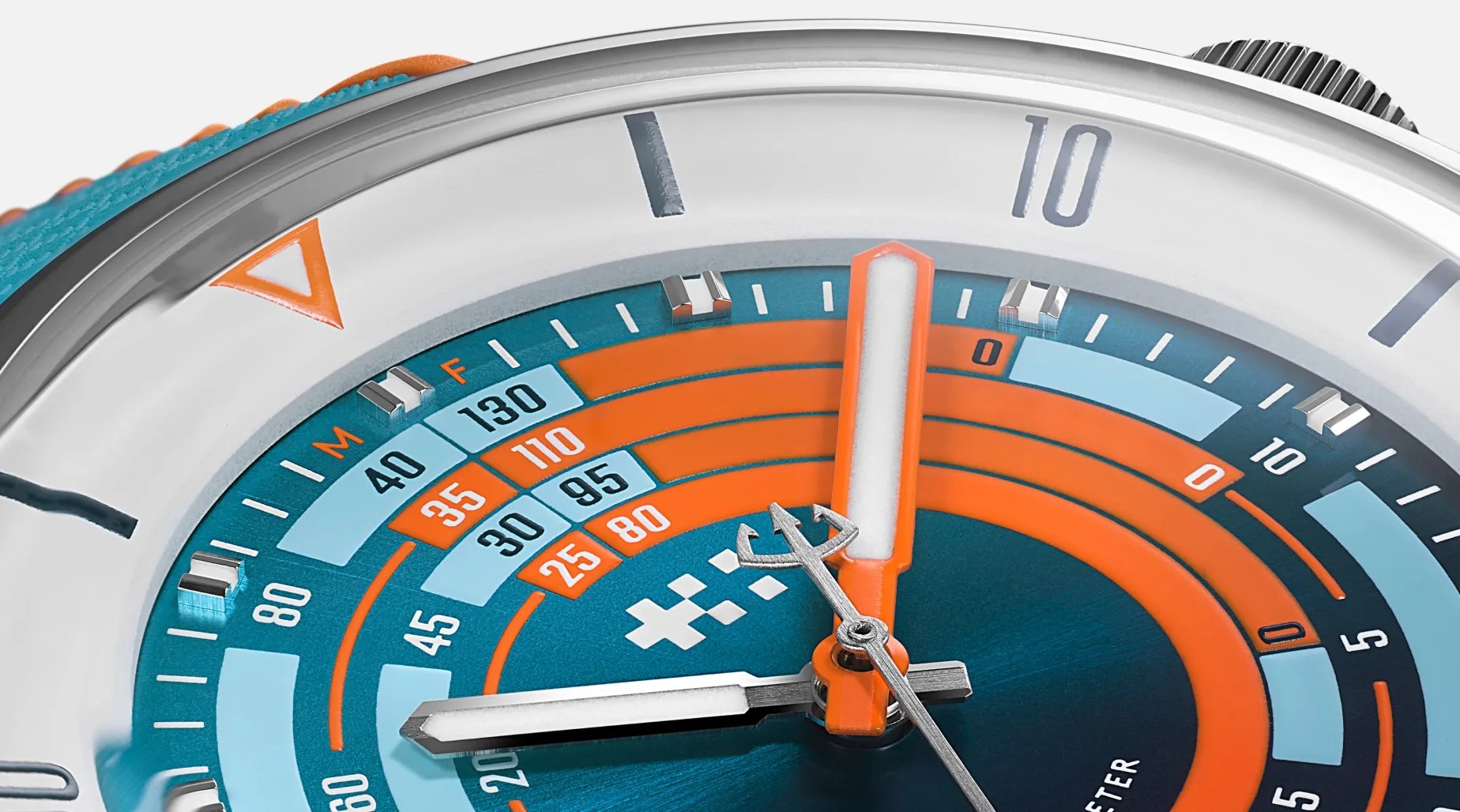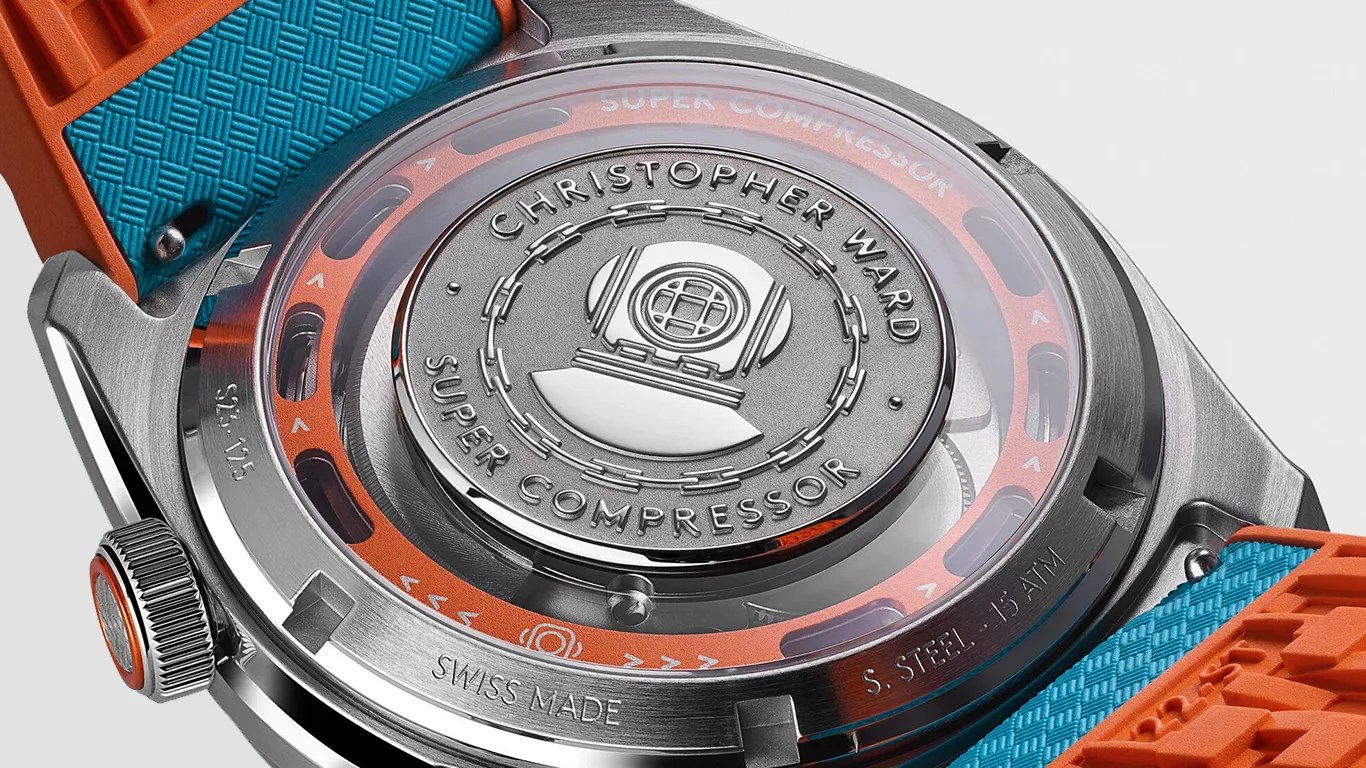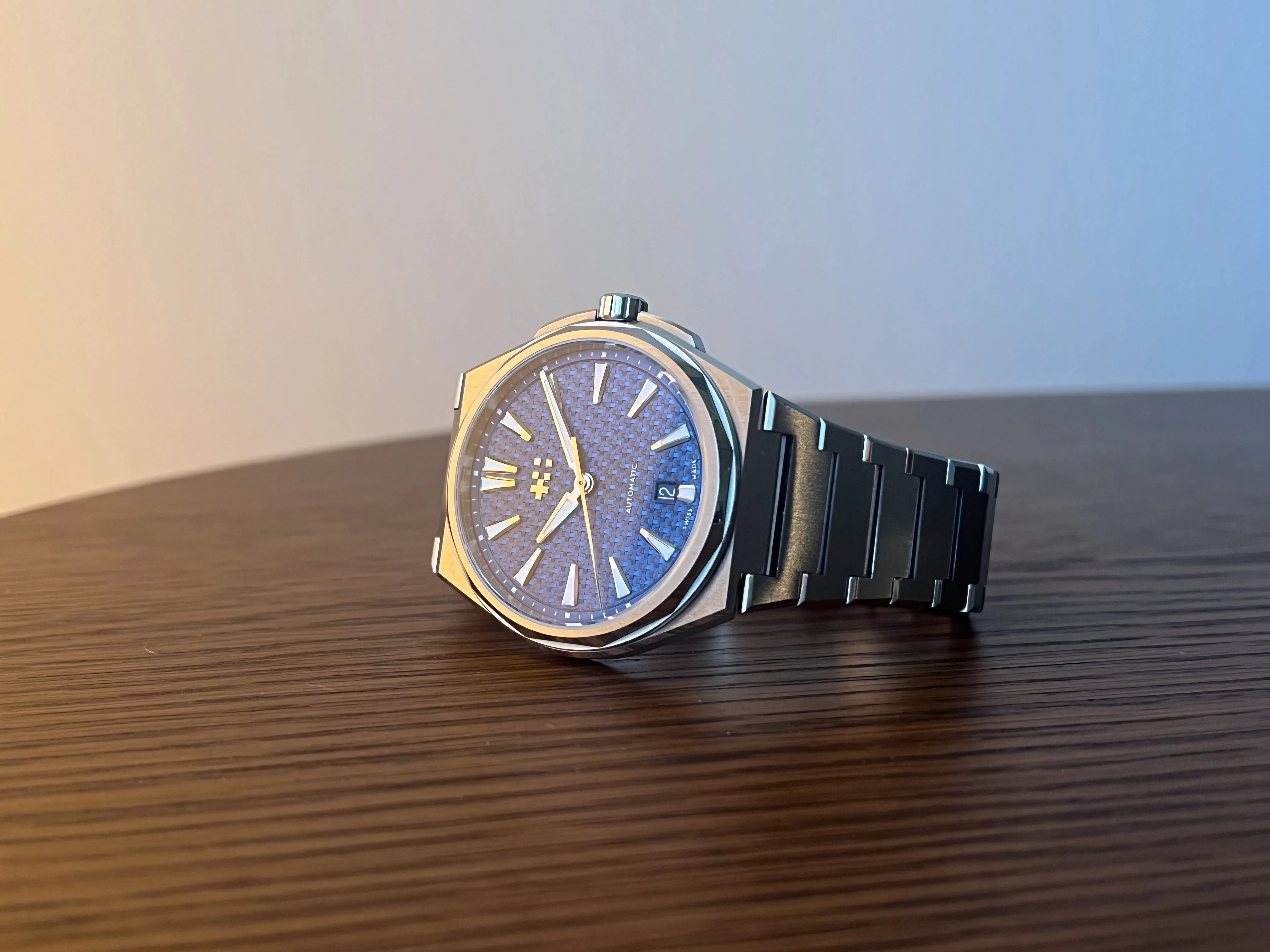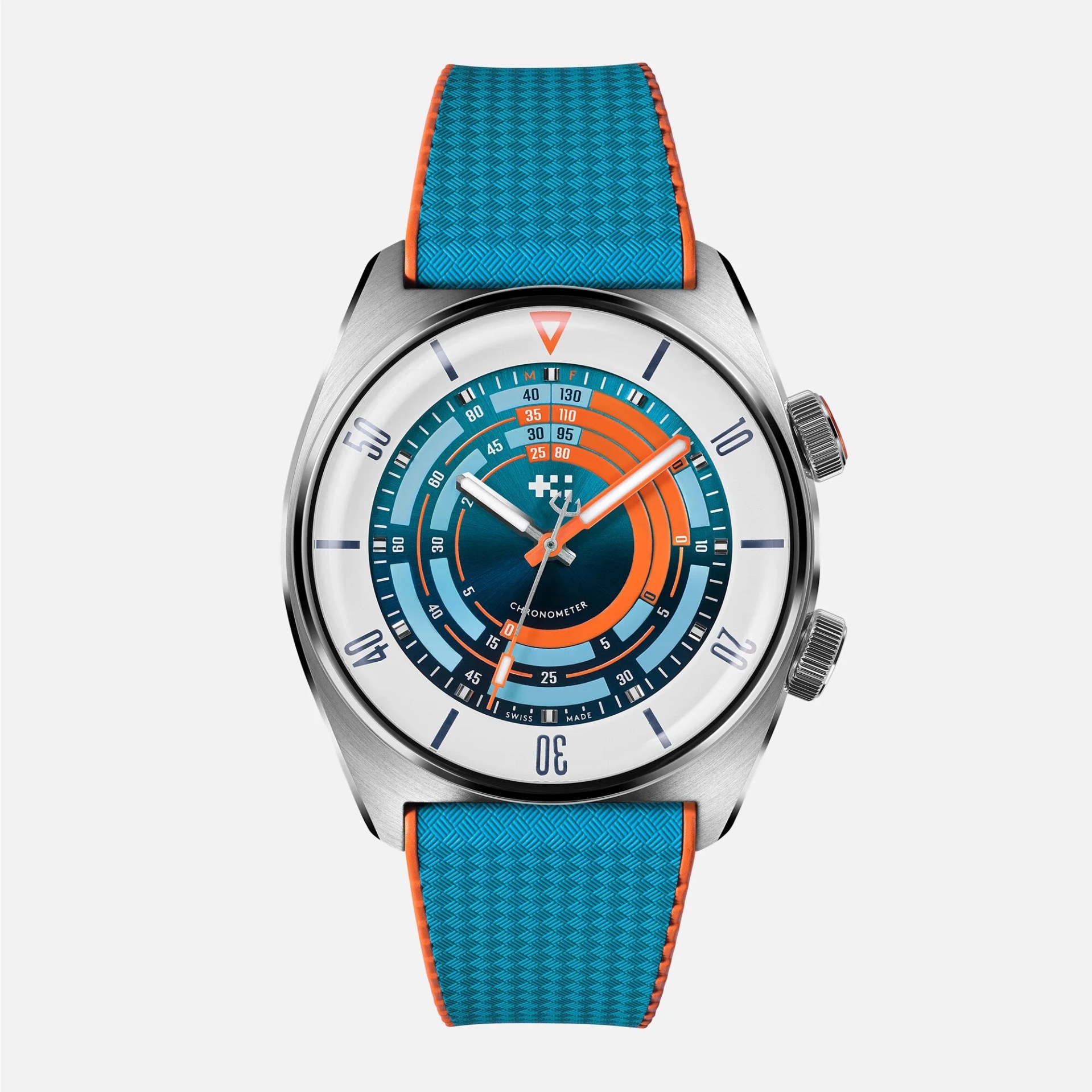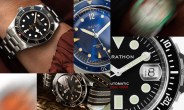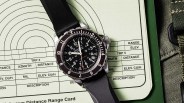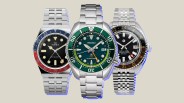With few exceptions, modern dive watches pretty much all follow the same formula established by the Blancpain Fifty Fathoms and Rolex Submariner in the 1950s.
They have rotating external bezels and maintain their high water-resistance ratings through the use of gaskets and screw-down parts to prevent moisture ingress.
But before this formula became the standard, watch companies in the mid-twentieth standard were still experimenting with ways to improve the dive watch. The most notable was the Super Compressor.
What Is a Super Compressor?
The Super Compressor case was patented by Ervin Piquerez SA (EPSA) in 1956 and was used by brands such as Longines and JLC throughout the 1960s and ’70s.
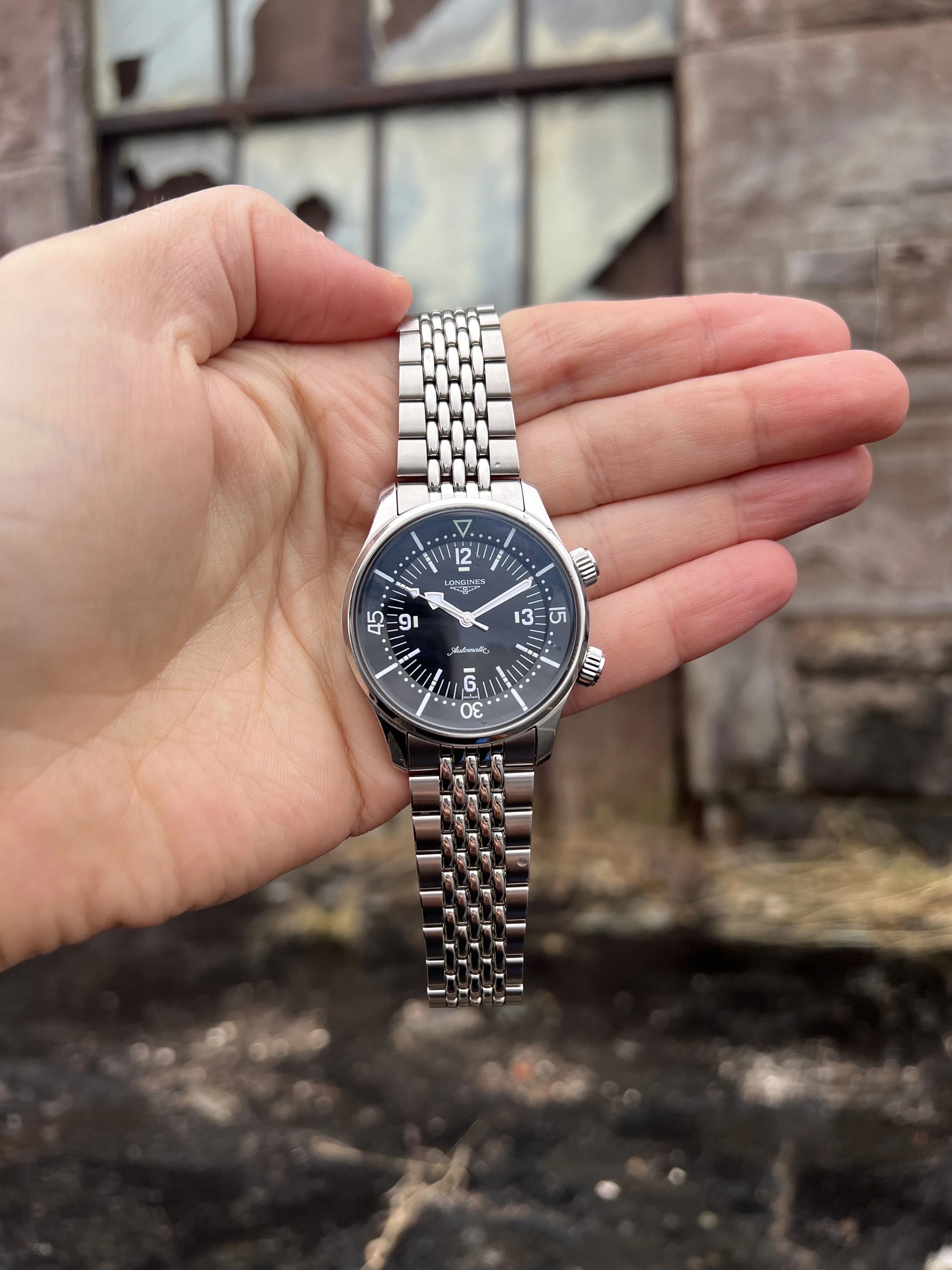
Super Compressors typically use a dual-crown case, with one crown for winding and setting the movement and another for operating the internal rotating bezel. But the real innovation is hidden inside the watch, as a Super Compressor utilizes a unique spring-loaded caseback that becomes tighter as pressure around the watch increases, effectively making it more water resistant the further you dive.
The style fell out of favor in the 1970s, but in 2020, Christopher Ward reverse-engineered the technology and launched the first new true Super Compressor watch in five decades. Now, the brand is at it again with a new and improved version of its retro-powered diver.
